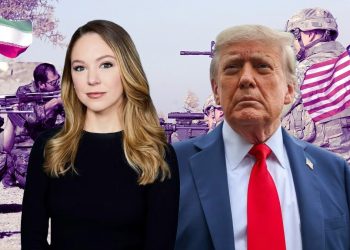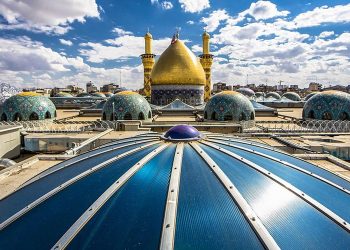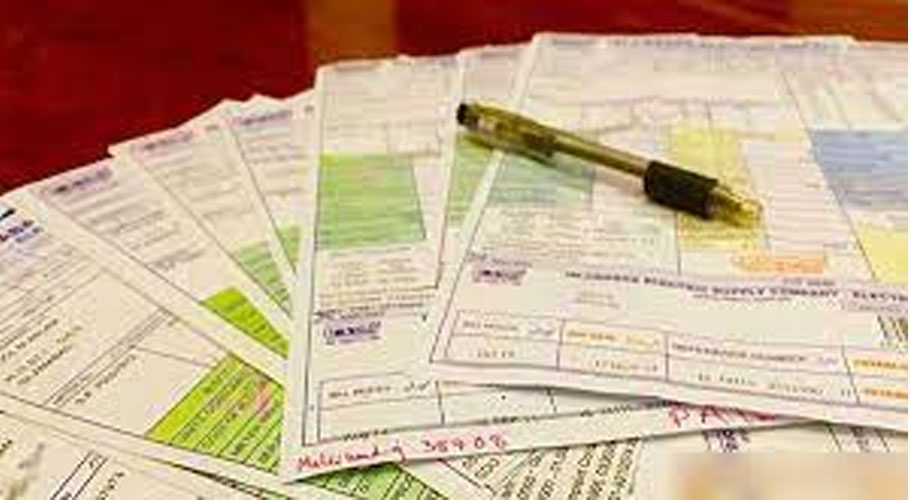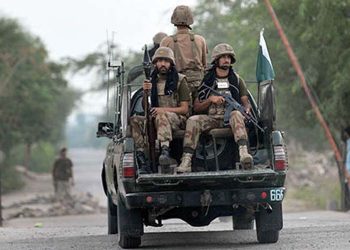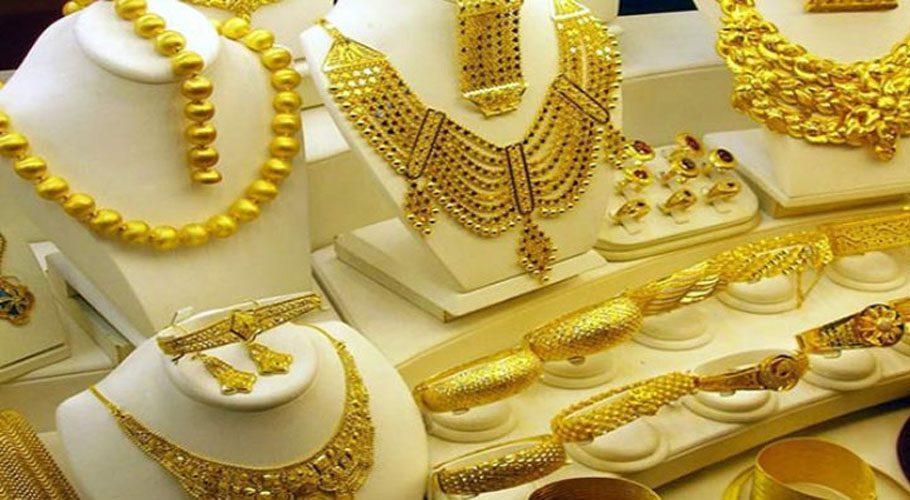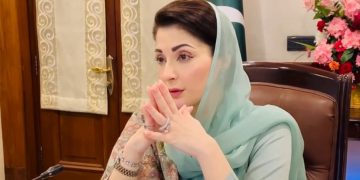Today, Pakistan Day is being celebrated with enthusiasm across the country, while the separate motherland is the fruit of the enthusiastic struggle for independence under the leadership of Quaid-e-Azam Muhammad Ali Jinnah.
Exactly 82 years ago today, on March 23, 1940, a resolution was passed which can be termed as a milestone in the freedom struggle of the Muslims of the subcontinent, in whose memory this National Day is observed every year. Let’s take a look at the different aspects and historical significance of Pakistan Day.
Annual session of PML
A historic resolution was passed at the end of the three-day annual meeting of the All India Muslim League at the historic Manto Park in Lahore, now called Iqbal Park. This was the resolution on the basis of which the Muslim League launched a movement for a separate independent state for the Muslims in the subcontinent.
The British government had already begun the process of delegating power in the subcontinent to the people’s representatives, with the Congress and the Muslim League at the forefront. In the general elections held in 1936-37, the Congress got a clear majority in Madras, UP, Bihar and Orissa and also came to power in other provinces.
Intoxicated with power, Congress started taking anti-Muslim measures, including declaring Hindi as the national language, banning cow slaughter, and making the tricolor the national flag. This led to the emergence of two national ideologies in the subcontinent.
Background of the resolution
Four days before the annual meeting, the Khaksar movement led by Allama Iqbal staged a military parade in Lahore on which the British-administered police opened fire and 35 Khaksars were killed. It was a tragic incident that caused great tension in Lahore. The danger was that the workers of Khaksar would come to stop the meeting of the Muslim League with shovels or there would be no commotion.
Quaid-e-Azam Muhammad Ali Jinnah was not only a true and fearless politician but also an astute and understanding leader who nurtured the two national ideologies instead of giving a sectarian color to the issue. Quaid-e-Azam said that this is a global bi-national issue. If Muslims and Hindus unite under one central government, this alliance will be full of dangers. There is only one way to make the two separate countries (later this separate country will be called Pakistan).
These were the points on the basis of which the Chief Minister of Bengal Maulvi Fazlul Haq presented the Lahore Resolution which was later termed as the Pakistan Resolution. The text of the resolution states that no constitutional plan of the British government can be implemented or accepted by the Muslims unless the geographical boundaries of the two nations are demarcated. Combine Muslim-majority areas into independent states with autonomous units.
Chaudhry Khaliq-ul-Zaman, Maulana Zafar Ali Khan, Sardar Aurangzeb, Sir Abdullah Haroon and Qazi Issa supported the resolution which was passed unanimously on March 23. At the meeting of the Muslim League in Madras in April 1941, the Lahore Resolution was included in the constitution of the Muslim League and then the Tehreek-e-Pakistan was formally launched which led to the establishment of Pakistan on 14 August 1947.
Importance of Pakistan Day
Basically, Pakistan Day is celebrated every year as a memorial to the Lahore Resolution, this marks the 82nd anniversary of what was later called the Pakistan Resolution today. The significance of Pakistan Day lies in the Pakistan Resolution which can be said to be a milestone in the independence movement.
This was said because Muslims and Hindus lived together in the subcontinent and the two national ideology made it clear that they were two separate nations. The passage of the resolution made it clear that the struggle would not be for an independent India but for an independent Muslim state which was later considered a single state which gave direction to the independence movement.
Ceremonies in connection with the National Day
Every year Pakistan Day is celebrated with enthusiasm across the country. On this occasion, the day starts with 31 salutes in the federal capital Islamabad and 21 salutes in the provincial capitals. A change of guard ceremony is also held at Mazar-e-Quaid and Mazar-e-Iqbal.
The main ceremony of the day is held at the Parade ground where we display our strength to our traditional enemy.
Ideology of Quaid-e-Azam
If we take a look at the current state structure of Pakistan and consider the views of Quaid-e-Azam Muhammad Ali Jinnah, we will realize that this is not the Pakistan that Quaid-e-Azam Muhammad Ali Jinnah wanted, but here all the issues with all their complexities with which Jinnah used to stop us.
Father of the Nation Muhammad Ali Jinnah, for example, was strongly opposed to provincial bigotry. They wanted to see Muslims united and united as one nation, but today we are confined to other boundaries, including provincial bigotry and religious sectarianism.
The whole history of the independence movement has witnessed that Quaid-e-Azam never took the law into his own hands but today in Pakistan lawyers, government employees, teachers, nurses and doctors have to take to the streets to assert their rights for which the government has to take steps.
There is a need for the government and the people to understand their responsibilities and make the implementation of the ideology of the Quaid-e-Azam an integral part of their lives. Today, on Pakistan Day, every citizen should renew his / her pledge of allegiance to the spirit of Quaid for performing his / her due duties. This is the biggest and real purpose of celebrating Pakistan Day.











